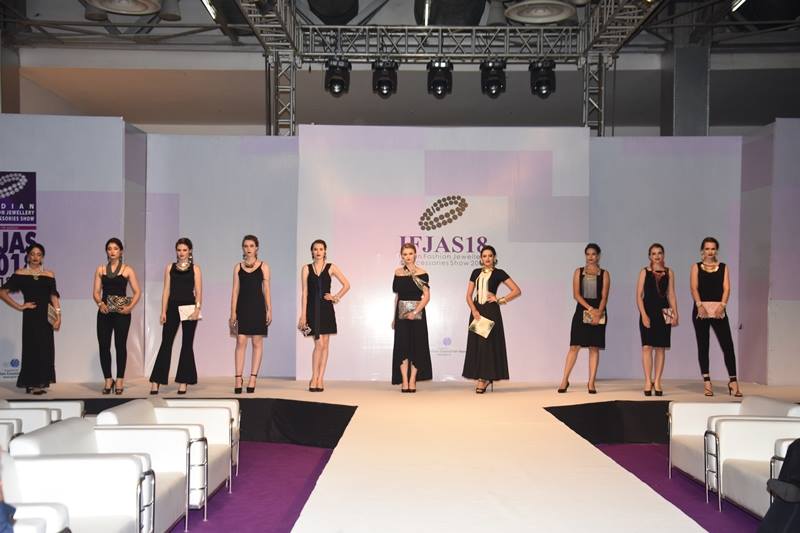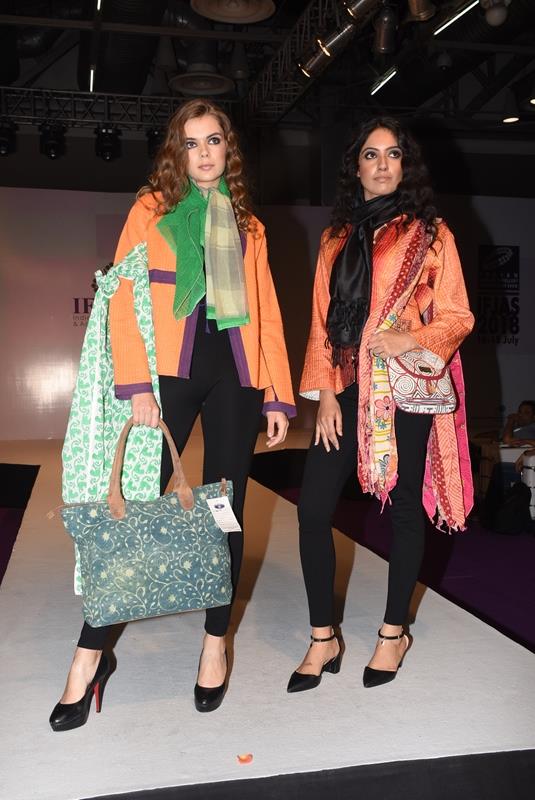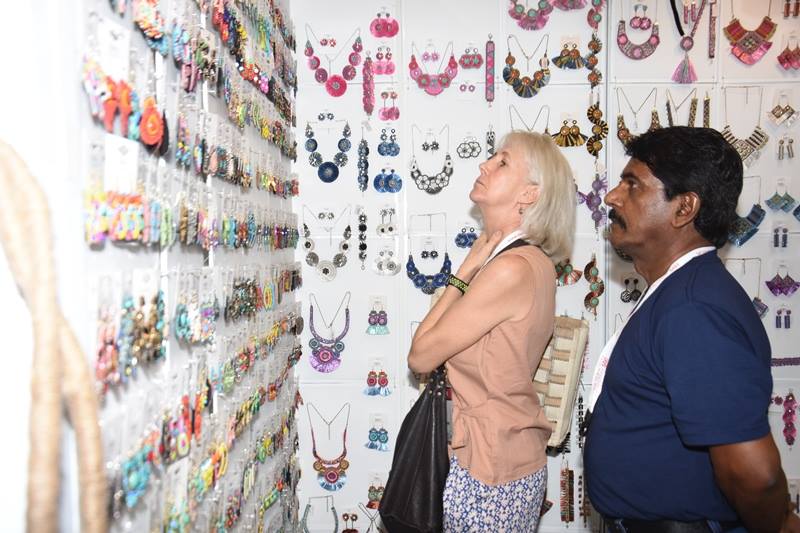home expo international fair
IHGF International Fair Showcases Home Textiles Products India
 Since Indus valley civilization textiles have been a part of India’s legacy. Dating back to 3000 BC at the time of Sumerian statuettes, Indian handcrafted textiles emerged in the form of cotton saris.
Since Indus valley civilization textiles have been a part of India’s legacy. Dating back to 3000 BC at the time of Sumerian statuettes, Indian handcrafted textiles emerged in the form of cotton saris.
Through the millennium Indian furnishings home textiles have held a special place in India’s heritage, the example is Mahabharat. We find ancient murals in the Ajanta caves that depict the sprouting of textile in India.

Birth of flourishing industry in India
Each textile hub in India reveals the story of its craft or the place of its origin. Like, Block printing is a famous style in many states that has originated in the western coast of the country has spread to other states namely West Bengal in the east, Punjab in the North and Andhra Pradesh in the South. Though the craft has its own individual style in each textile hub but upon entering the market, it takes a different name. Block printing is produced by the technique of stamping motifs with dye/ink on the cloth. Today, block printing is the local flavors of Indian furnishings home textiles.

In Rajasthan, Dabu printing technique uses earth in skillful patterns that is applied on the cloth and the cloth is then dipped in dye. After removing the dried earth, the cloth has white patterns. The cloth masked by earth prevents the ink from blotting. This method is named resist-printing because the mud resists the ink but locally it is called as “Dabu”. Another textile craft naming “Bagru” is from the same region. It is a dexterity in which block prints are stamped on to cloth repeatedly.

The districts of Kutch and Mandvi in Gujarat and Shantiniketan in West Bengal, today, are the heartlands of Batik culture in India. Batik style has permeated Indian furnishings home textiles industry and households for its fresh and striking appeal. The fabric is first lined in exquisite wax designs, after which it is swathed in the dye. After drying the wax has cracked, the wonderful patterns that are left behind make for vibrant clothes, wall accents and teapoy covers. The word Batik stems from the Indonesian word “ambatik”, which is loosely translated to ‘wax writing’, and since the craft originated in Indonesia, the name continues to be used in other parts of the world today, including in India.

Like Batik, there is another style of printing whose name represents its resplendent history. Ajrakh is a brilliant handloom style that speaks of piercing indigo skies and deep blue darkness and is practiced in Kutch, Gujarat.
A 30% market growth on home textile Products in India
Currently, Indian furnishings home textiles is recognized globally for its range of flagrant designs in home and furniture fabrics. India is now on the verge of a big boom in the economic housing sector and there is good employment opportunity. Data sources reveal that 30-40 % growth has been seen in the home textile products both in India and the globe. Organizations like home expo international fair and IHGF international fair are responsible for this growth as they provide a marketing platform to Indian wholesalers of handicrafts, Indian wholesalers of antique furniture, and Indian suppliers of handicraft to the global customer.
India is now on the verge of a big boom in the economic housing sector and there is good employment opportunity. Data sources reveal that 30-40 % growth has been seen in the home textile products both in India and the globe. Organizations like home expo international fair and IHGF international fair are responsible for this growth as they provide a marketing platform to Indian wholesalers of handicrafts, Indian wholesalers of antique furniture, and Indian suppliers of handicraft to the global customer.
 India is now on the verge of a big boom in the economic housing sector and there is good employment opportunity. Data sources reveal that 30-40 % growth has been seen in the home textile products both in India and the globe. Organizations like home expo international fair and IHGF international fair are responsible for this growth as they provide a marketing platform to Indian wholesalers of handicrafts, Indian wholesalers of antique furniture, and Indian suppliers of handicraft to the global customer.
India is now on the verge of a big boom in the economic housing sector and there is good employment opportunity. Data sources reveal that 30-40 % growth has been seen in the home textile products both in India and the globe. Organizations like home expo international fair and IHGF international fair are responsible for this growth as they provide a marketing platform to Indian wholesalers of handicrafts, Indian wholesalers of antique furniture, and Indian suppliers of handicraft to the global customer.
Comments
Post a Comment